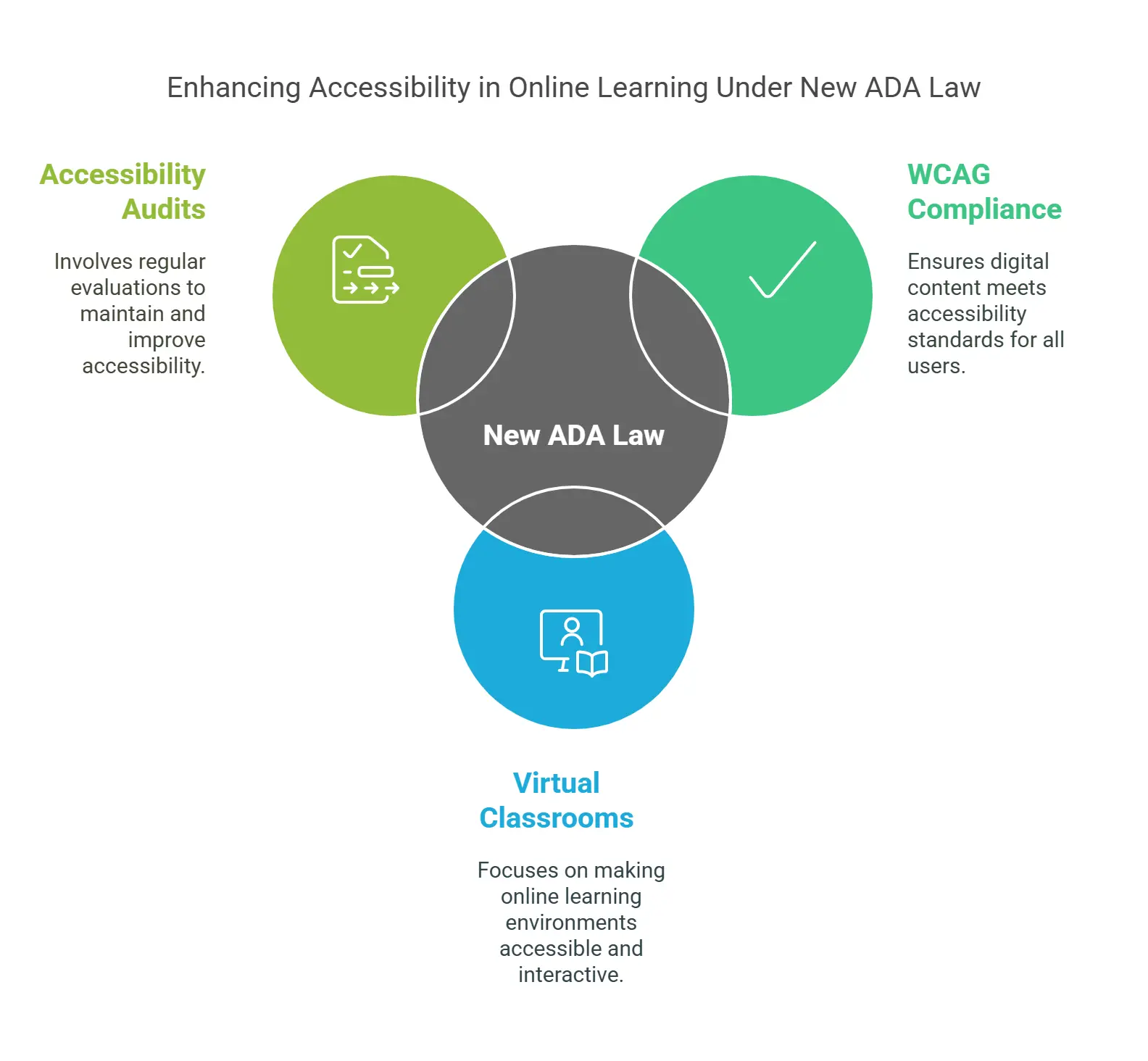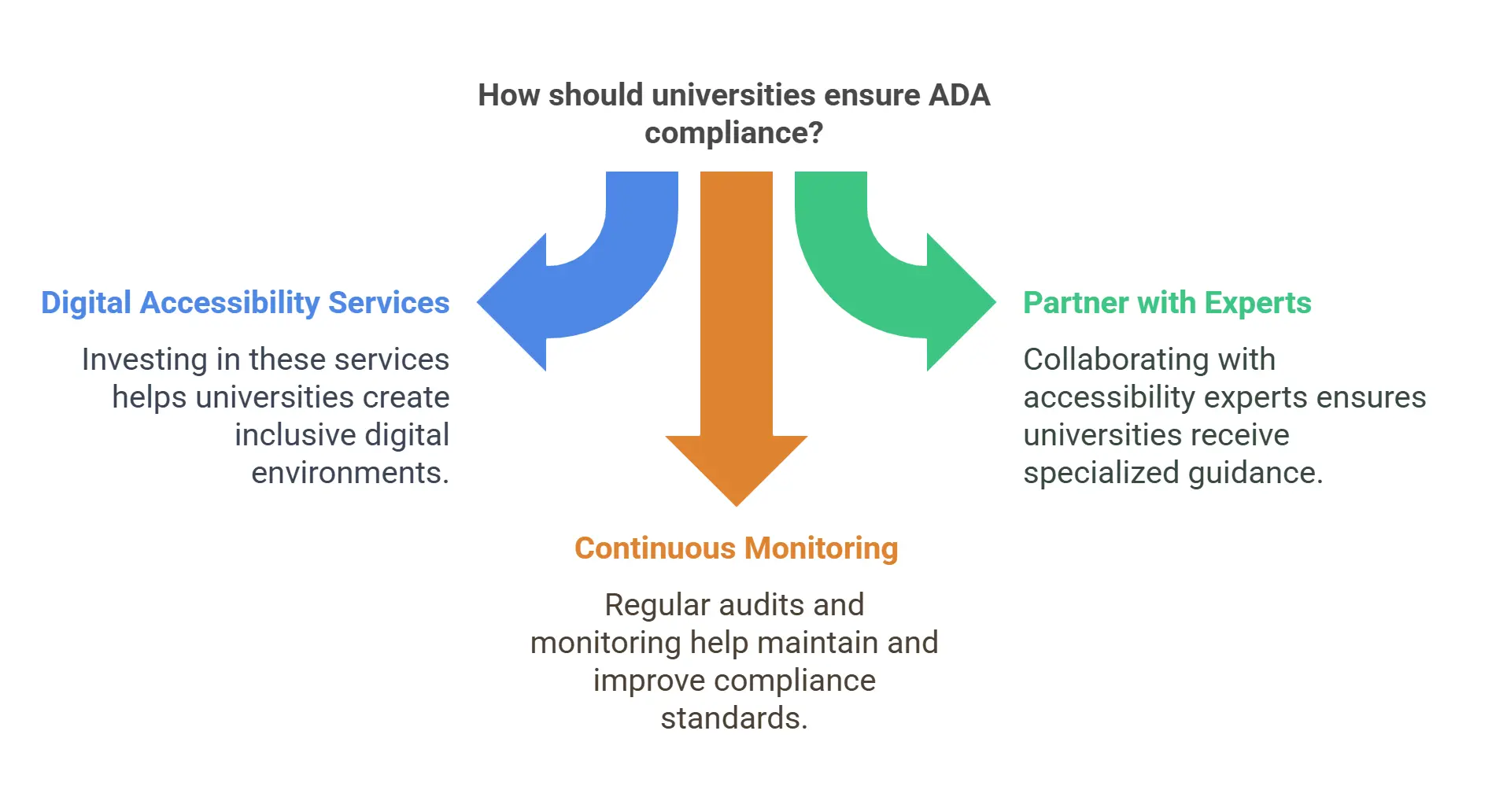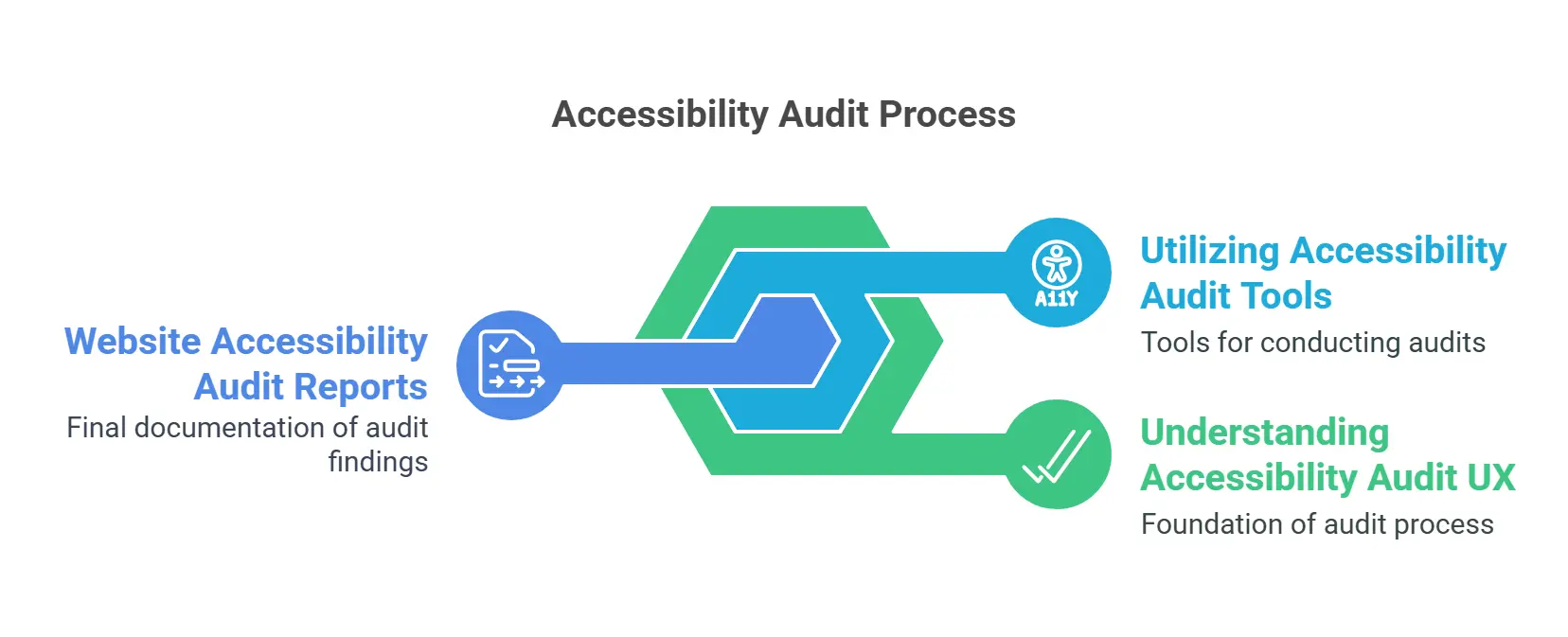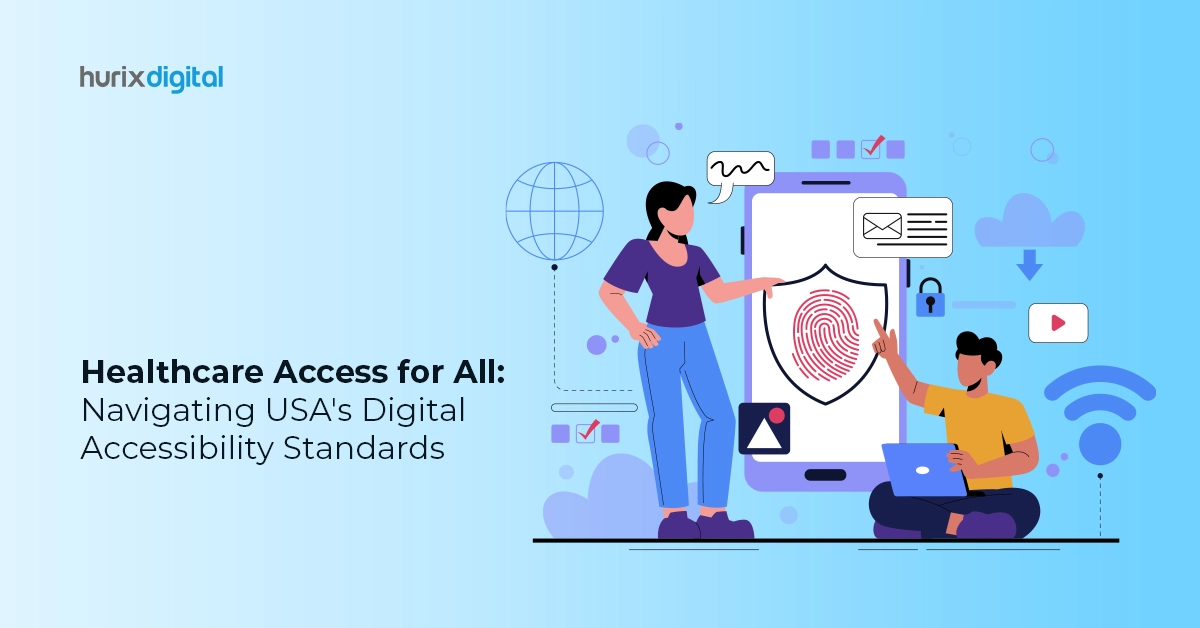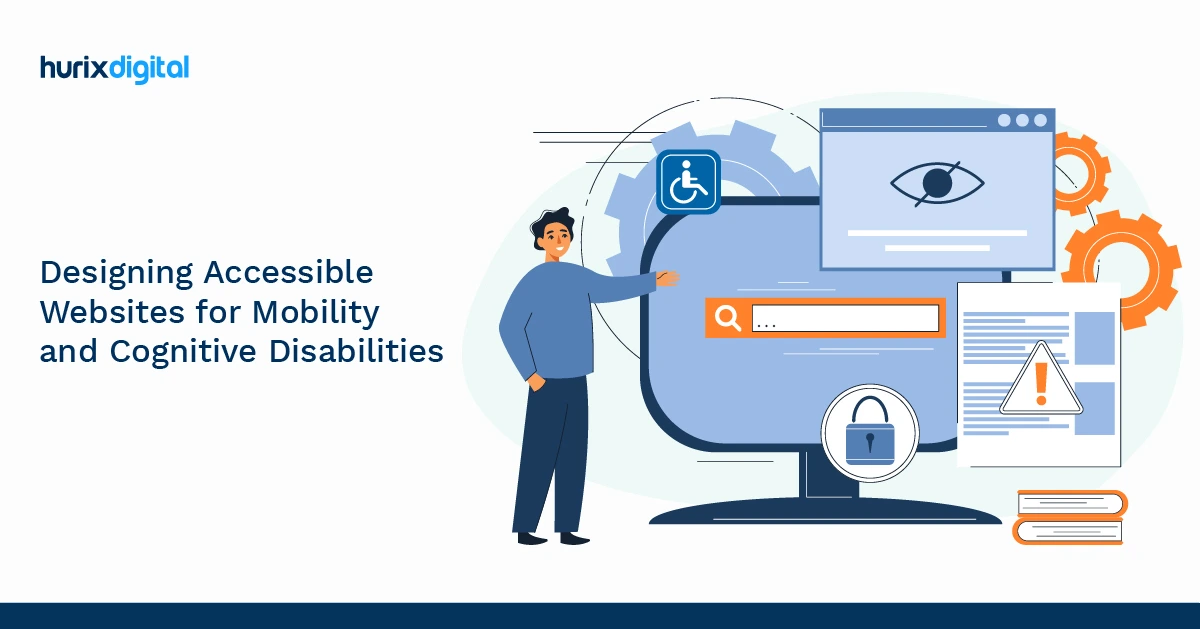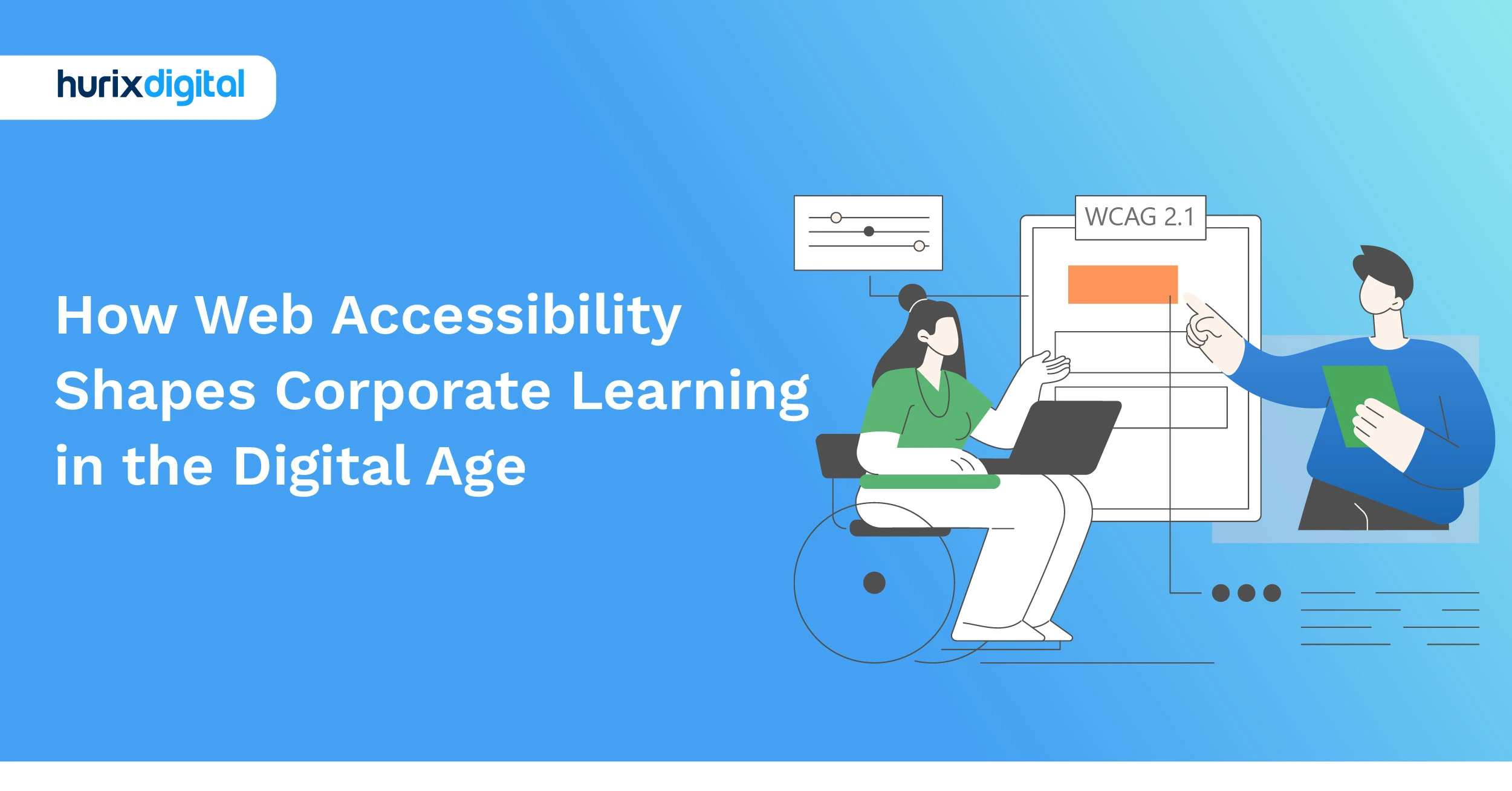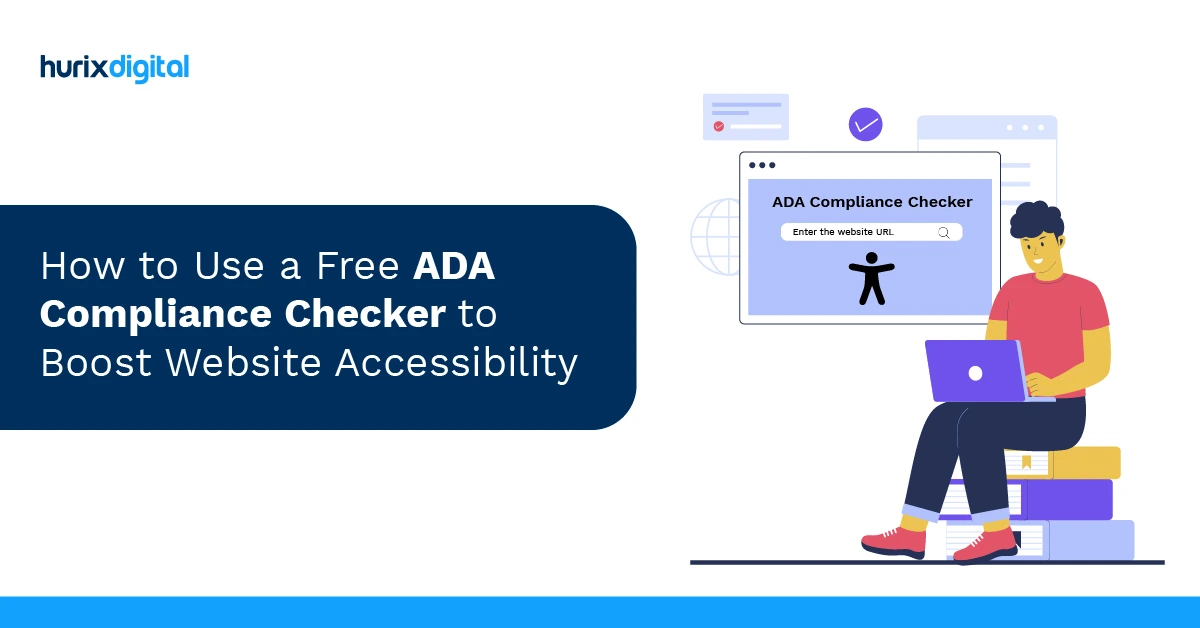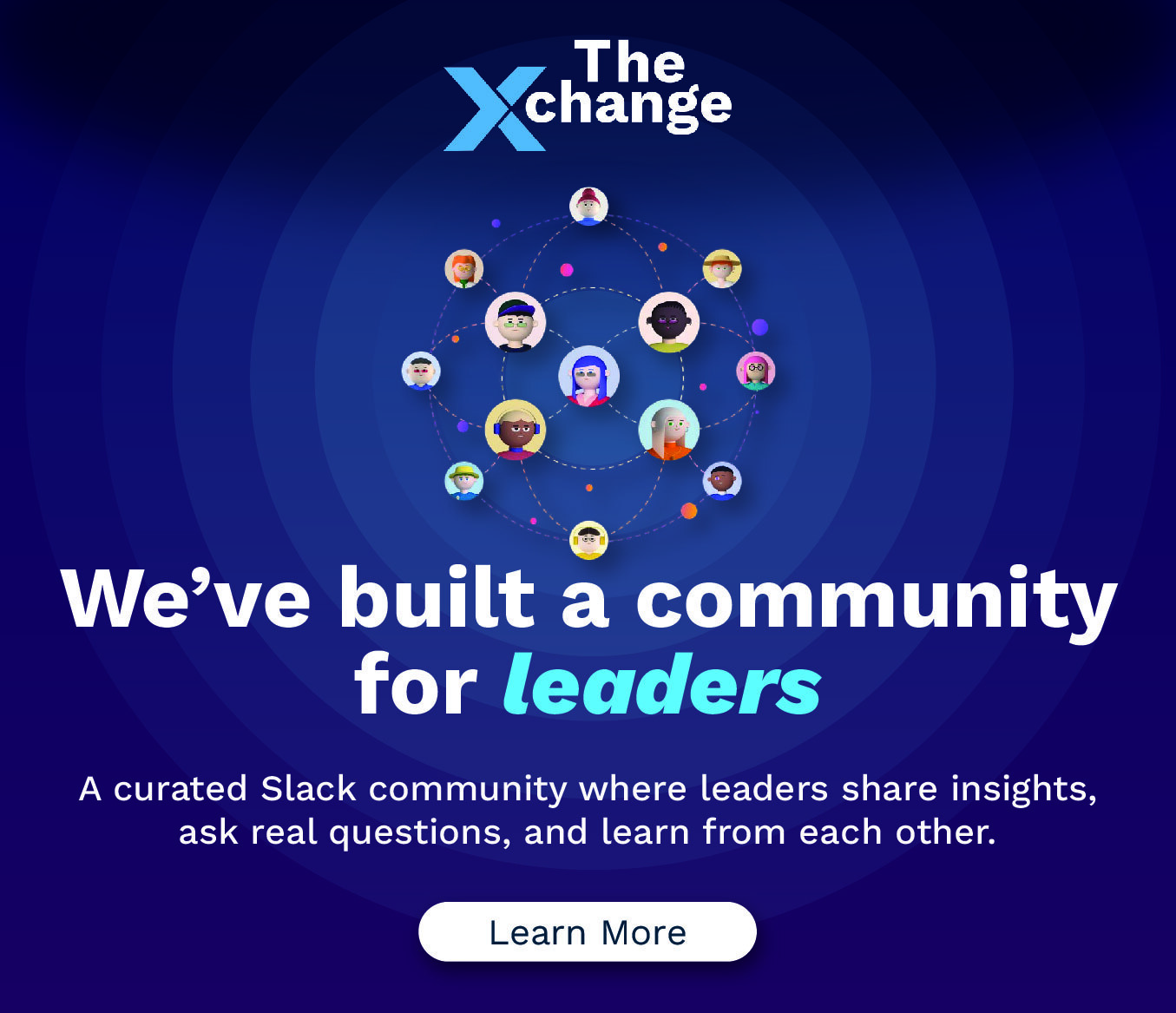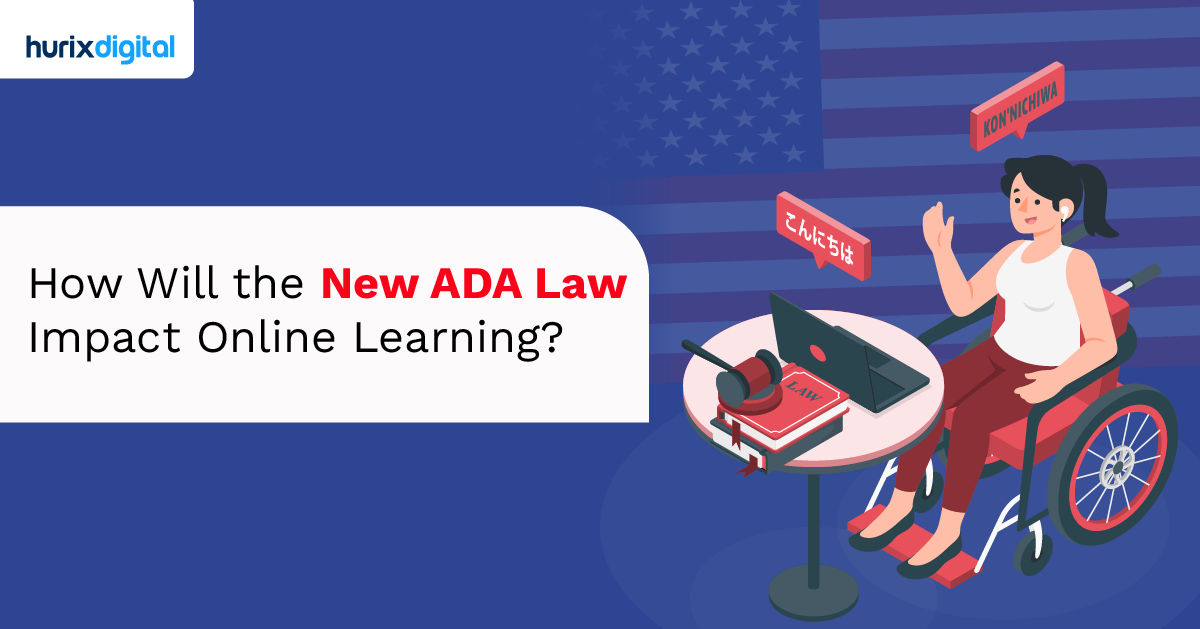
How Will the New ADA Law Impact Online Learning?
Summarize with:
The Americans with Disabilities Act has been one of the most pioneering laws in establishing provisions for persons living with disabilities in this country. More recent updates to the ADA fall under Title II and are very specific to the educational field. At a university, keeping up with these changes is about more than just compliance; it’s about creating an inclusive learning experience.
Established in 1990, the Americans with Disabilities Act (ADA) was a historic law meant to eradicate discrimination against people with disabilities. Although initially focused on physical locations such as public buildings, transit, and businesses, the rapid digital change has expanded the scope of ADA rules to include the online sphere.
The new ADA law emphasizes digital accessibility and is changing businesses, especially virtual classrooms and online learning environments. The law mandates that websites, digital materials, and online services be reachable to all users, including those with disabilities.
This change toward inclusivity has spurred significant dialogues on user experience (UX) enhancements, compliance tools, and accessibility audits. Creating accessible learning environments that suit different student groups must be a priority as educational institutions and EdTech systems change to meet the new ADA rules.
Table of Contents:
- Understanding the Americans with Disabilities Act (ADA)
- The Evolution of ADA Compliance in Higher Education
- What’s New in the ADA Law for Higher Education?
- 3 Key Aspects of the New ADA Law for Online Learning Platforms
- Challenges in Implementing the New ADA Law
- Solutions for ADA Compliance: What Universities Should Do?
- Conducting an Accessibility Audit for Compliance
- The Future of Higher Education Accessibility
- Conclusion
Understanding the Americans with Disabilities Act (ADA)
Americans with Disabilities Act aims to protect persons with disabilities and assures equal access to employment, public services, public accommodations, and telecommunications.
For higher education institutions, adherence to ADA requirements means one thing: it is an assurance that students with disability get equal opportunities to obtain academic resources just like any other student.
While the ADA initially focused on physical spaces, ensuring wheelchair access to buildings, and making reasonable accommodations, such as providing sign language interpreters, it has since expanded to include coverage in the digital realm.
As higher education increasingly moves to online environments, course materials, lectures, and learning management systems need to be made available to all students.
The Evolution of ADA Compliance in Higher Education
Now, let’s examine the evolution of ADA compliance, its importance in higher education, and its impact on online learning.
Importance of ADA in Education
On the higher education level, the ADA should ensure that students with disabilities participate in academic life. That does not apply to mere accommodations but to accessible curricula, inclusive classroom technologies, and digital accessibility in online learning platforms.
ADA’s Impact on Online Learning
The COVID-19 pandemic accelerated a shift to online learning and forced higher education globally to adopt new learning models with unprecedented velocity. The rapid digital transformation has painfully revealed some serious flaws in accessibility.
Generally speaking, educational platforms were not designed to be inclusive, and students with disabilities found access to materials and active use of online content challenging.
The new ADA law focuses on these challenges, noting that attention to accessibility must be ensured from the outset of the construction of any given digital platform.
What’s New in the ADA Law for Higher Education?
Accessibility in education continues to change as the landscape evolves. Below are some of the crucial changes in the ADA law that affect higher education institutions.
The newest revisions to the ADA have placed an even greater emphasis on making higher education more accessible, especially regarding digital accessibility services. The following is an overview of some of the key updates institutions should be aware of:
1. Enhanced Digital Accessibility
This update involves full digital accessibility, including formats like PDFs, videos, podcasts, and multimedia that must be made available and accessible to students with disabilities.
2. Accessibility of Multimedia Formats
Each educational institution must ensure the accessibility of every form of multimedia information. This includes video lectures, podcasts, and interactive means for students who have auditory, visual, or any other kind of disability to ensure inclusivity.
3. Mobile Accessibility
For the first time, it has been emphasized that mobile applications and online portals are as accessible as their desktop counterparts. This means the institutions will have to provide standards of accessibility, functionality, and usability on mobile devices comparable to desktop applications.
Every institution’s primary responsibility is to ensure that its learning management systems (LMS), institutional websites, and all other digital platforms are accessible by standards like the Web Content Accessibility Guidelines.
These guidelines spell out essential criteria for developing more accessible digital content, such as alt-text specifications for images, closed video captions, and proper labeling for form fields.
3 Key Aspects of the New ADA Law for Online Learning Platforms
The new ADA law brings several important revisions that directly affect the functioning of online learning systems.
These changes stress the need to build easily available, user-friendly digital environments for every student. Every educational institution and EdTech platform has to take into account the following main aspects:
1. Web Content Accessibility Guidelines (WCAG)
The revised ADA statute closely complies with the Web Content Accessibility Guidelines (WCAG), an internationally accepted set of standards for web accessibility.
These rules offer precise directions on how to make digital information accessible—that is, employing keyboard navigation, appropriate contrast ratios, alt text for photos, etc. Online learning environments have to follow WCAG 2.1 Level AA guidelines in order to meet the new ADA criteria.
2. Virtual Classrooms and Multimedia Content
The revised ADA rule emphasizes the ease of access to multimedia materials in virtual classes.
For students with hearing or visual disabilities, video lectures, recorded sessions, and live-streamed classes must have captions, transcripts, and audio descriptions. Assistive devices like screen readers should enable navigable interactive elements, including quizzes and polls.
3. Accessibility Audit
Conducting an accessibility audit is one of the most crucial actions online learning systems should take to guarantee adherence to the new ADA regulation.
Examining the accessibility of a website, platform, or application helps find obstacles that might keep people with impairments from entirely accessing digital material. A comprehensive website accessibility audit typically assesses navigation, readability, keyboard functionality, and compatibility with assistive devices.
Challenges in Implementing the New ADA Law
While these changes to the ADA law are key to making higher education more accessible, many institutions struggle to comply with these new standards. Let’s take a look at just some of these challenges.
1. Technological Gaps
While it is widely agreed that adherence to ADA-compliant principles is paramount, many universities have difficulty implementing accessible digital platforms.
In full compliance, barriers arise from having to deal with many legacy systems and outdated technologies. Too many faculty members are also poorly trained in creating accessible content; therefore, inconsistency ensues from class to class and platform to platform.
2. Resource Constraints
For most institutions, financial and human resources pose the major challenge in implementing this change. Upgrading technology, frequent audits, and training require a lot of funds. Without this, costly lawsuits and reputational damage will replace it.
Solutions for ADA Compliance: What Universities Should Do?
The ADA law requires universities to proactively ensure accessibility is a core part of their operations. Here are just a few steps that universities can take toward achieving this.
1. Investing in Digital Accessibility Services
To ensure ADA compliance, one can invest in digital accessibility services as they provide tools and other resources for furthering accessibility on digital platforms.
These services may range from automated to manual accessibility audits by experts and would recommend ways through which identified areas of non-compliance could be addressed.
2. Partnering with Accessibility Experts
In addition, external accessibility experts can enlighten institutions on best-practice methods of designing accessible learning environments. Such partnerships can ensure that universities comply with the new ADA law and are well ahead of changes in accessibility standards for years to come.
3. Implementing Continuous Monitoring and Audits
Universities also need to create a system of ongoing monitoring whereby they can instantly check the accessibility of new content and updates on their digital platforms. Regular audits would keep new issues at bay and keep the institution updated with the latest standards of ADA compliance.
Conducting an Accessibility Audit for Compliance
Any effective digital accessibility plan starts with a careful access audit. By using such an audit, companies can find areas of non-compliance with the new ADA criteria and implement the required corrective action.
Conducting an accessibility audit calls for careful consideration of several fundamental elements:
1. Understanding Accessibility Audit UX
Accessibility audits should prioritize the user experience (UX) for people with impairments. This entails assessing users’ ease of navigating, interacting with, and understanding digital content.
By focusing on accessibility audit UX, organizations can ensure that online learning systems comply with regulations and offer an inclusive and positive learning experience for all users.
2. Utilizing Accessibility Audit Tools
Many tools for accessibility audits help companies review their digital materials. These instruments search platforms and websites for possible accessibility problems, such as non-functional keyboard navigation, poor contrast ratios, and missing alt text.
Among the well-known accessibility audit programs are Lighthouse, Axe, and WAVE, which create comprehensive web accessibility audit reports that identify areas requiring work. These studies offer practical information that enables companies to achieve ADA legal compliance.
3. Website Accessibility Audit Reports
Following an examination using an accessibility audit tool, organizations receive a web accessibility audit report that includes specific areas of concern. These reports document accessibility problems, prioritize remedial actions, and demonstrate compliance progress.
A website accessibility audit report typically includes information on mistakes, cautions, and suggested practices for enhancing digital accessibility.
The Future of Higher Education Accessibility
As technology progresses further, the future of higher education accessibility is bound to be inclusive and adaptive. Next, we will examine this topic.
1. Predictions for Inclusive Online Learning
Moving forward in the digital age, there will be an even greater focus on accessibility in learning online. Artificial intelligence and machine learning are key to creating more personalized and accessible learning experiences.
For example, AI-powered captioning tools and services can support real-time transcription to make it easier for institutions to meet new ADA law requirements.
2. How Institutions Can Stay Ahead
All institutions must be very proactive about embracing access technologies and practices. This involves keeping up-to-date with the ADA changes, providing ongoing training for faculty and staff, and making sure all new digital platforms are inclusive right from their design conception.
Conclusion
The new ADA law ushers in a new era of accessibility at each higher learning institution so that the curricula presented are inclusive for all students. This has called upon universities to invest in services related to digital accessibility and collaborate with experts in monitoring their platforms for compliance with changing access standards for all students.
At Hurix Digital, we specialize in taking educational institutions through the complexities of being ADA-compliant. Our all-inclusive solutions make certain that your digital platforms meet the latest standards, and you can extend an inclusive and accessible learning environment to one and all.
Connect with Hurix Digital today to learn more about how we can help your institution create a more accessible future.
Summarize with:

Vice President – Content Transformation at HurixDigital, based in Chennai. With nearly 20 years in digital content, he leads large-scale transformation and accessibility initiatives. A frequent presenter (e.g., London Book Fair 2025), Gokulnath drives AI-powered publishing solutions and inclusive content strategies for global clients
 A Space for Thoughtful
A Space for Thoughtful 
